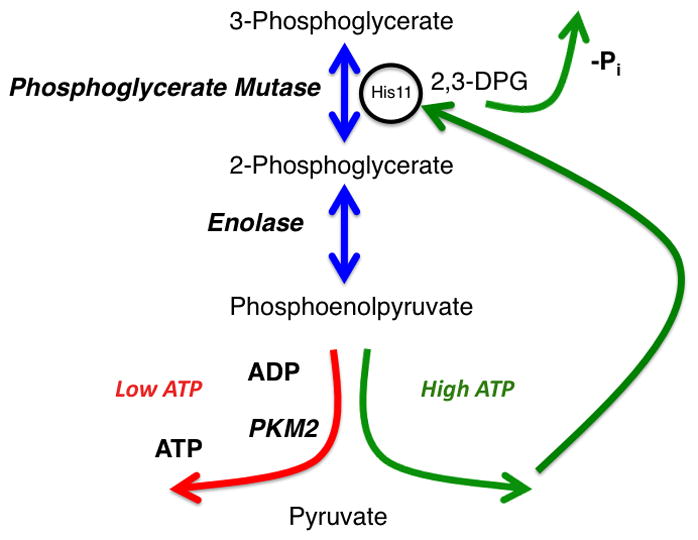Figure 3. Alternative glycolytic pathway that decouples glycolysis from ATP synthesis.

A glycolytic phosphate futile cycle that is initiated when 3-phosphoglycerate is converted to 2-phosphoglycerate by phosphoglycerate mutase. The reaction proceeds through a 2,3-diphosphoglycerate (2,3DPG) intermediate that has a tendency to dissociate from Phosphoglycerate Mutase and release an inorganic phosphate. 2-phosphoglycerate is converted to Phosphoenolpyruvate by Enolase. Two enzyme activities compete for phosphoenolpyruvate as a substrate. One activity (left) involves pyruvate kinase that transfers the phosphate group to ADP to generate pyruvate and ATP. The other involves an enzyme complex that donates the phosphate to Phosphoglycerate Mutase to prime the enzyme active site (right). In turn, this alternate glycolytic pathway results in net zero production of ATP during glycolysis.
